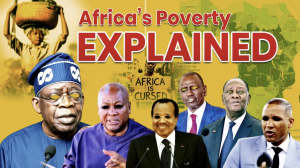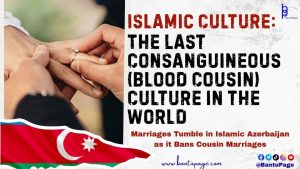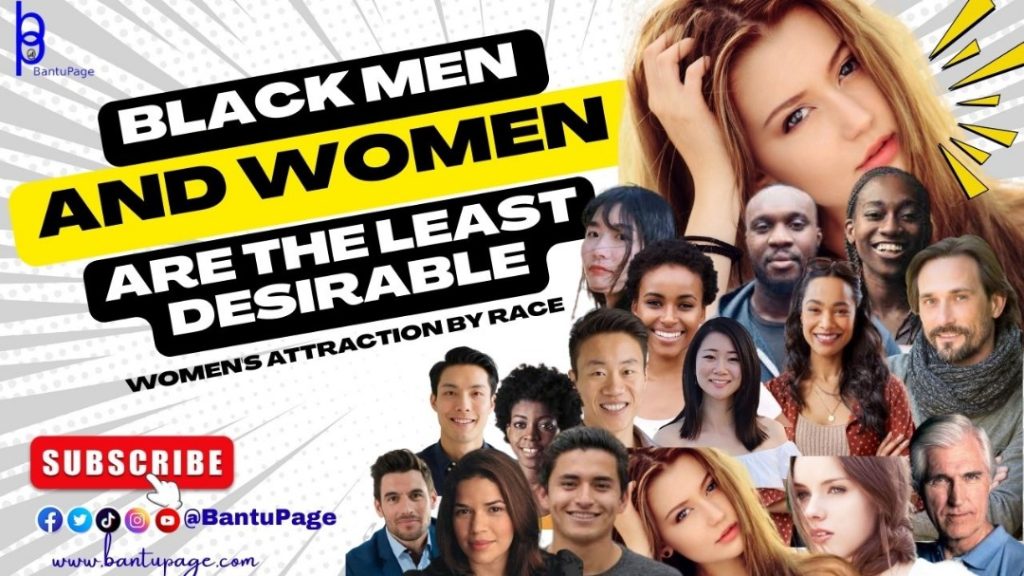
Women vs Men, Interracial Dating, and White Privilege
Women tend to be interested in only about 10% of men. The current social climate, especially in the West and increasingly in developing countries, shows that women are becoming highly selective about their partners. As cultures converge globally, the influence of dominant Western culture can be likened to blood circulating through our veins. There’s a saying that “no one is truly ugly,” but that notion seems misleading. Some individuals are deemed undesirable (a euphemism for ugly) by both women and men.
European culture is often seen as the dominant one. When I say European, this includes Caucasian Americans, Canadians, Australians, New Zealanders, and regions with a significant Caucasian presence. The economic power of Caucasians, particularly in the U.S. and Europe, has established this group as a formidable force. Another saying, “beauty is in the eye of the beholder,” also appears to ring hollow. Ticking certain qualities—especially inherent endowments, such as being born white—seems to confer a considerable advantage.
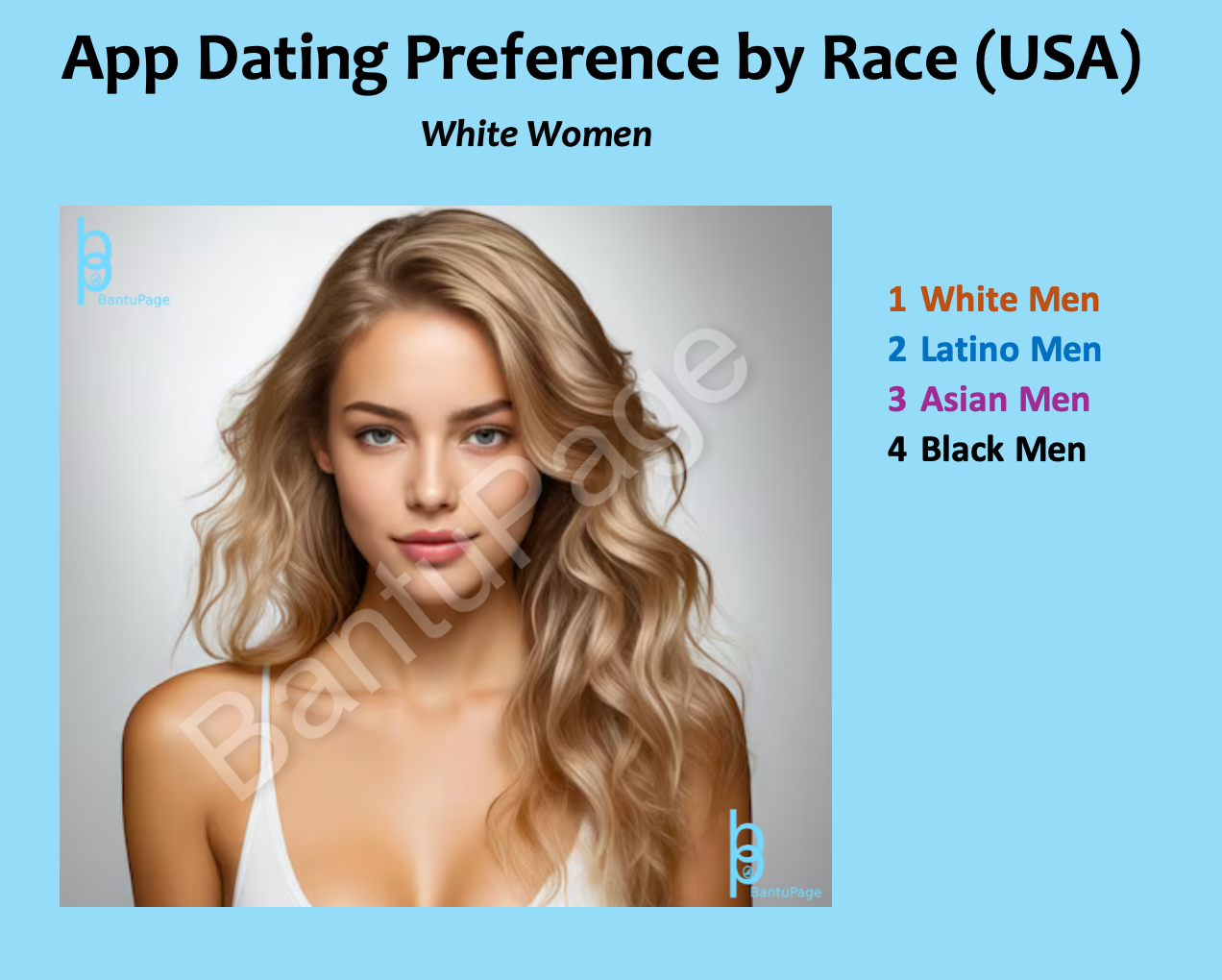 White Women’s Preference
White Women’s Preference
Data from U.S. dating apps reveal that only 4-5% of women even dare to swipe on men. Those who do tend to prefer a specific type of man typically the top 5-10% of the male population. These men are often white, successful, tall, and fit the Caucasian standards of attractiveness, including a strong sense of fashion. This reinforces the earlier point about the privilege that comes from being born white. Increasingly, other races are qualifying and inheriting the quintessential European beauty standard. By doing so, Caucasians are in a position of advantage, hence the desirability this group enjoys in the dating arena.
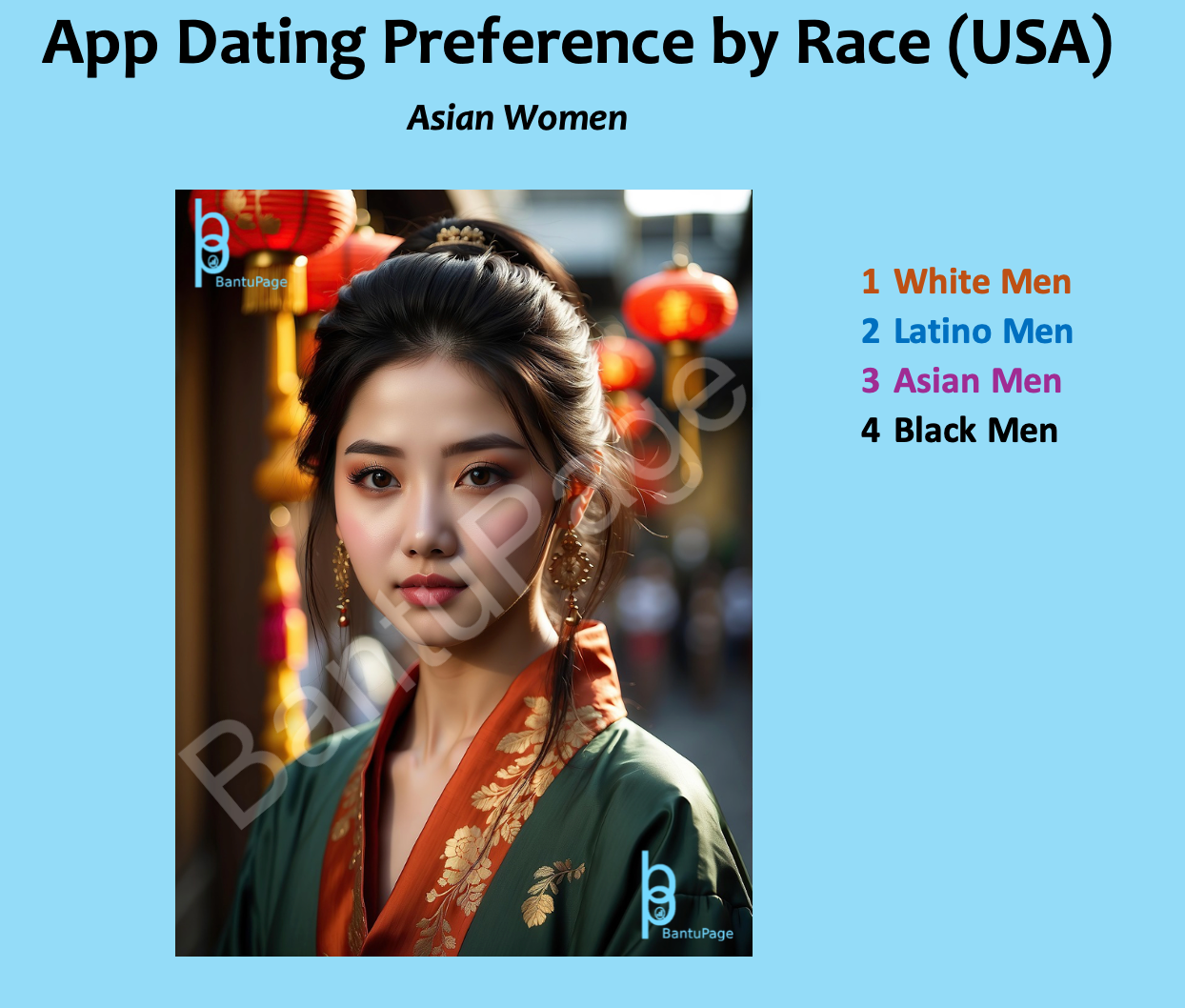 Asia Women’s Preference
Asia Women’s Preference
Paradoxically, 70-80% of men swipe on women, which puts women in a position of power in dating scenarios. This raises questions about why men are five times more likely to come out as transgender, but let’s set that topic aside for now to avoid unnecessary alphabet clash. Eighty per cent of men struggle to find partners. Those who do, more often than not, end up with someone who isn’t their preference. This puts them in a precarious position, which usually leads to cheating and premature dissolution of relationships.
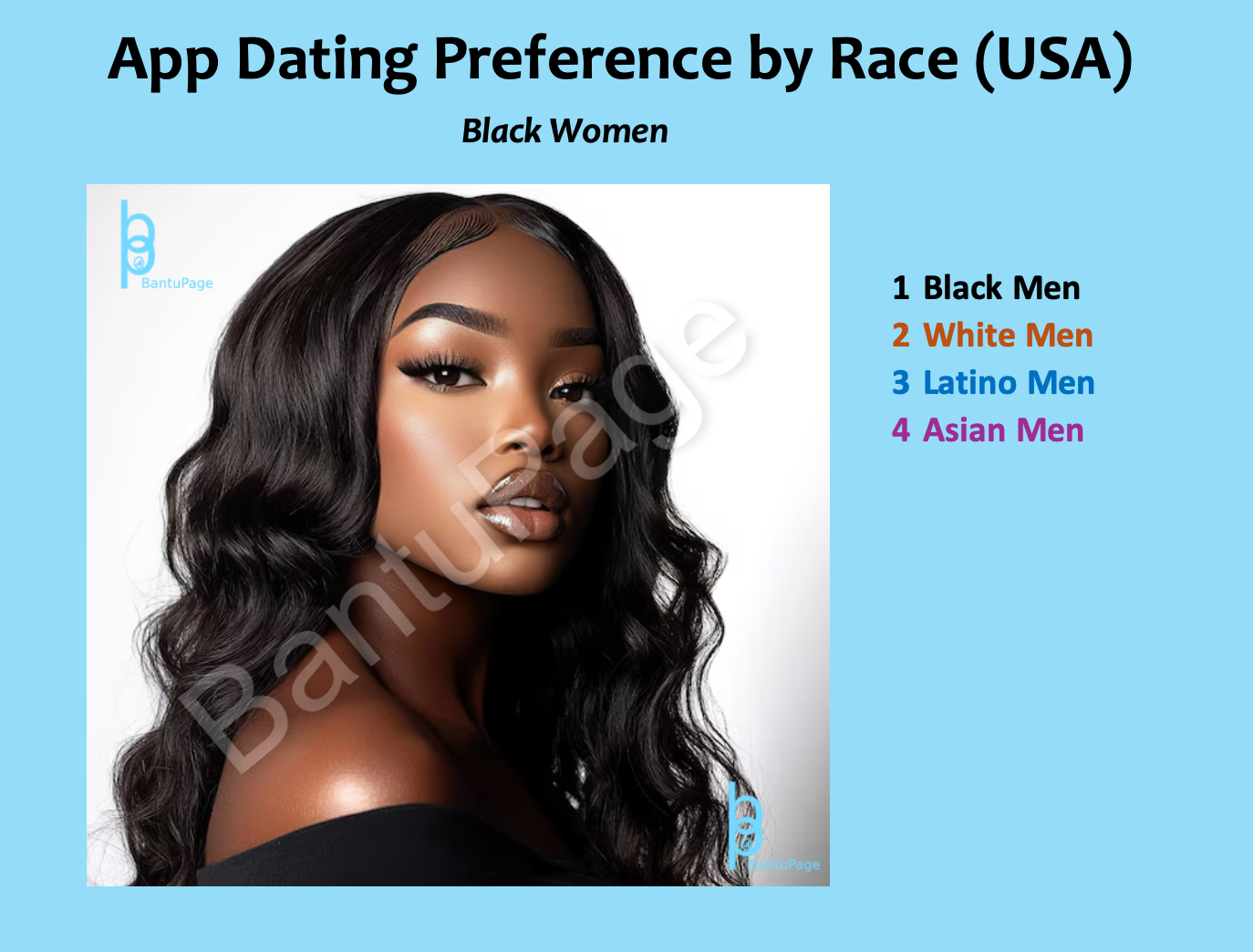 Black Women’s Preference
Black Women’s Preference
The data reveal that Black and Asian men are the least favoured by women, with Asian men surprisingly faring even worse than Black men. However, Black women have it tougher than Black men. In the U.S., Asian women predominantly prefer White men, followed by Latino men, then Asian men, with Black men at the bottom of their preferences. For Latino women, the order is similar: their first choice is also White men, followed by Latino men, Asian men, and lastly, Black men. White women show a similar preference: they prefer White men first, then Latino men, Asian men, and again, Black men at the bottom.
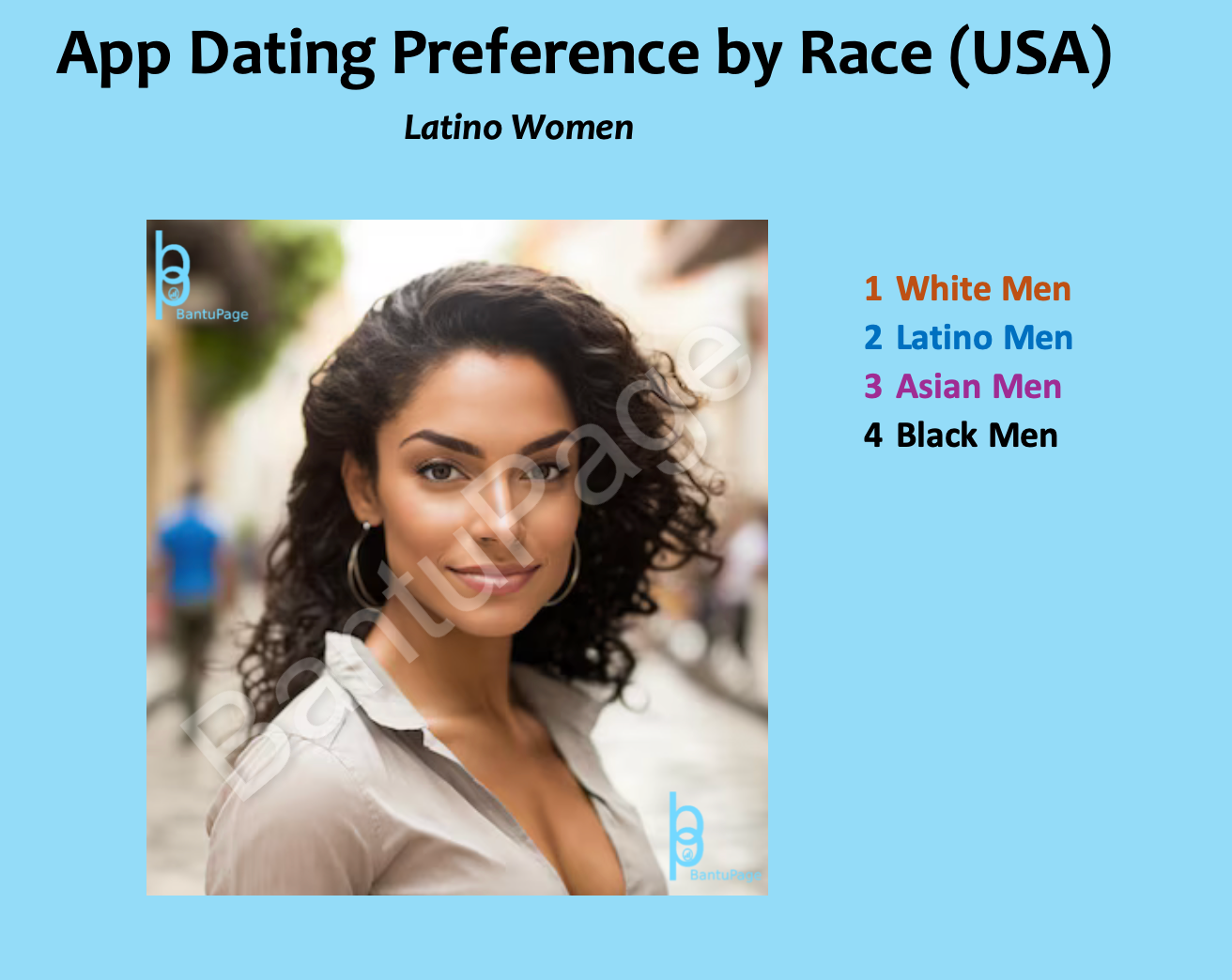 Latino Women’s Preference
Latino Women’s Preference
Interestingly, Black men ranked highest with Black women as their first choice, followed by White men, then Latino men, and Asian men in last place. However, when examining male preferences overall, the data indicate that White men prefer Asian women first, followed by Latino women, White women, and, again at the bottom, Black women. Similarly, Black men’s preferences mirror this trend, with Asian women being their top choice, followed by Latino women, White women, and again, Black women at the bottom. This presents an irony: while Black women prefer Black men, the opposite is not reflected in the preferences of Black men.
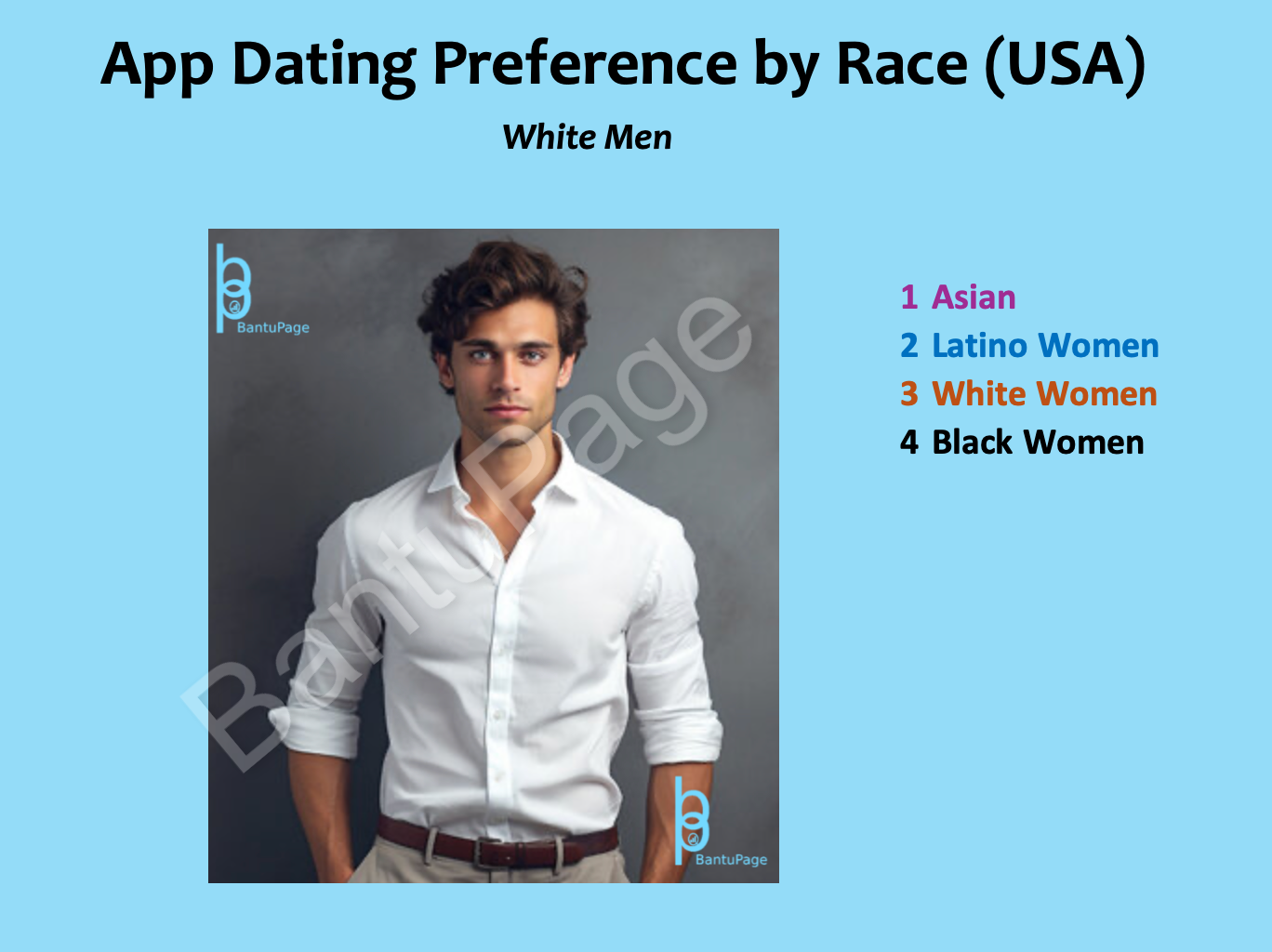 White Men’s Preference
White Men’s Preference
Latino men also favour Asian women first, followed by Latino women, then White women, with Black women once more at the bottom of their list. Asian men tend to prefer Latino women, followed by Asian women, White women, and again, Black women at the bottom. This pattern indicates that Black women are consistently ranked lowest across various categories.
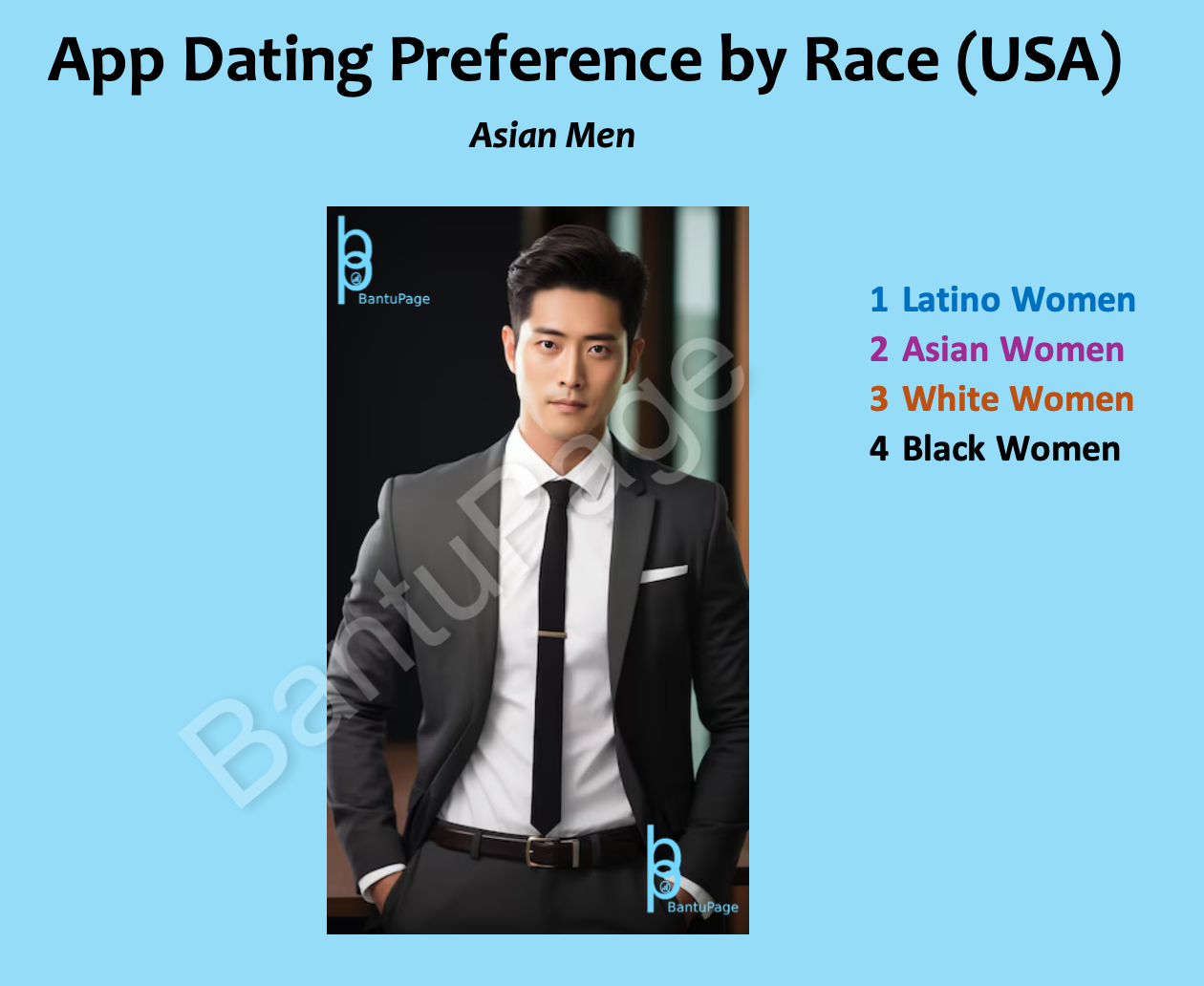 Asian Men’s Preference
Asian Men’s Preference
Statistics show that as Black men become more affluent, they are increasingly likely to date White women. Conversely, it is uncommon to see wealthy White women dating poorer Black men. Seven out of ten mixed-race people have one parent who is Black. What that implies is that Black people are seven times likely to date outside their race than any other race. Nonetheless, the question persists: Do Black men become surprisingly desirable when they are wealthy? If not, why are more affluent or successful Black men likely to have a White partner?
 Black Men’s Preference
Black Men’s Preference
It is important to note that the data discussed are from the United States. However, the statistics for Nigeria, Ghana, Kenya, and other countries in sub-Saharan Africa are even more shocking. In Angola, Black women are ten times more likely to swipe right on White men than on Black men. Similar trends are observed in Nigeria, Kenya, Ghana, Cameroon, and other Black African nations, where White men are significantly more desirable. Conversely, Black men also swipe five times or more on White women in Africa, though this is less frequent than for Black women. This demonstrates that the desirability of Caucasians grants them a privilege that is arguably greater in Africa than in the West.
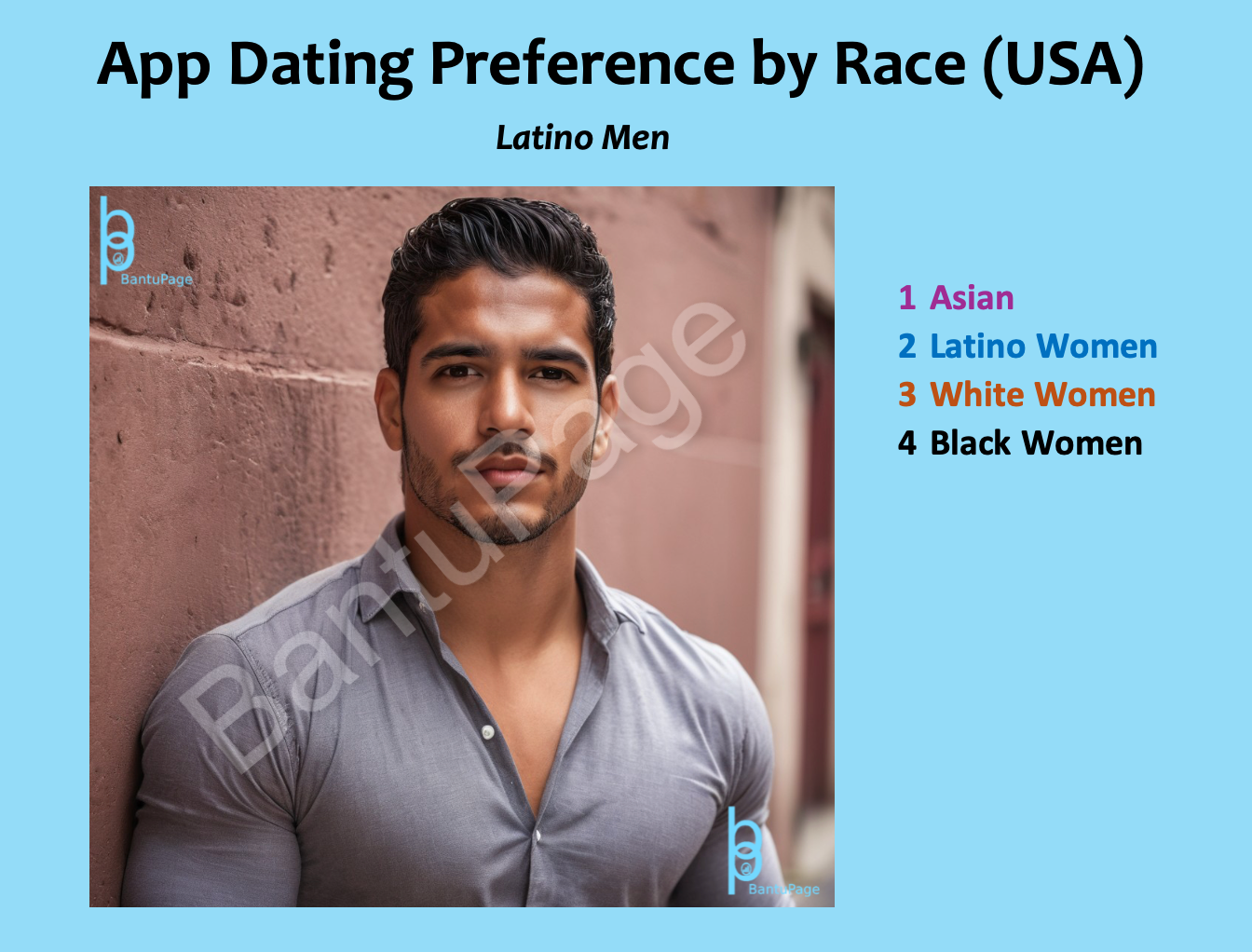 Latino Men’s Preference
Latino Men’s Preference
Furthermore, in East Asian countries such as Japan, South Korea, China, and Taiwan, Caucasians receive more swipes than the local population. Similarly, in India, the results are startling; lighter skin is often associated with higher social status. Those with darker skin are frequently relegated to a lower position within Indian society. The perception of beauty is heavily influenced by skin colour, illustrating a form of caste system.
In summary, being White confers significant privileges across the globe. The achievements and dominance of Caucasians in media, social platforms, and the historical context of colonisation have shaped our perceptions, leading many to believe that Caucasians are the most attractive race. The next time you hear the phrase, “Beauty is in the eye of the beholder,” consider that it may not fully capture the reality of societal preferences and biases.
By Ikechukwu ORJI



